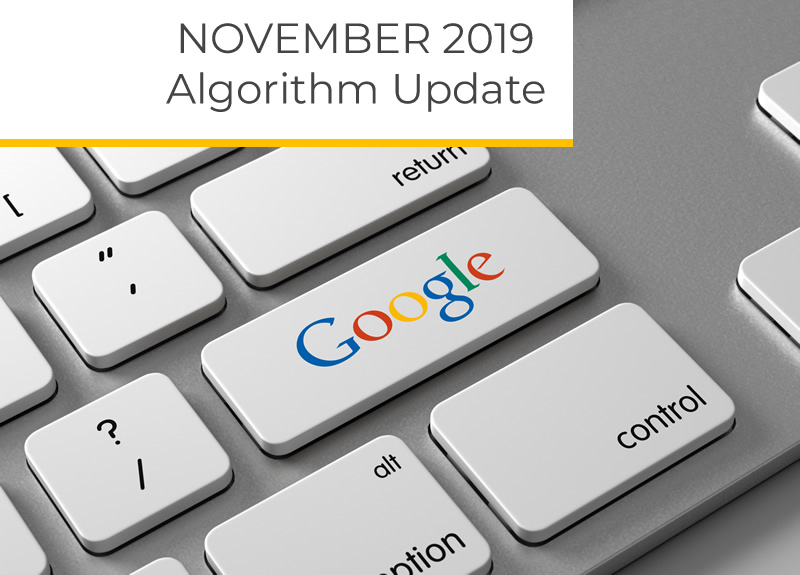
How to Ensure Your Website Is NOT Blocked by A.I.
Read Time: 4 minutesIf AI-powered search engines and chatbots can’t access your website, you risk losing visibility, traffic, and potential customers. AI-driven tools are shaping how people find information, and if your site is blocked or ignored, it may not appear in AI-generated answers or recommendations. Keeping your content accessible ensures that users searching through AI-based platforms can […]








